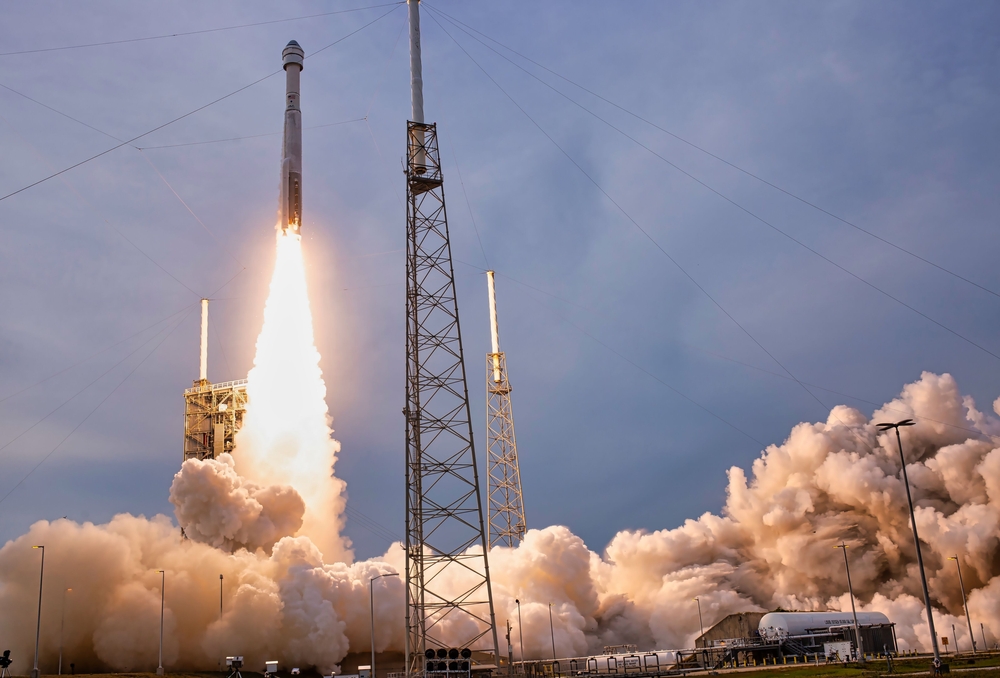The Atomic Path to Mars: Igniting the Next Era of Exploration
Others are reading now
The Atomic Path to Mars: Igniting the Next Era of Exploration
The Race for Faster Spaceflight

Humanity’s dream of reaching Mars has always been limited by time. Traditional rockets can carry us across the void, but only after years of travel and immense risk. The longer astronauts remain in deep space, the greater the exposure to radiation, isolation, and mechanical failure.
To make Mars truly reachable, engineers are reimagining the rocket itself — and the next breakthrough may come not from chemical flames, but from the quiet, controlled fire of nuclear fission.
The Promise of Nuclear Propulsion

According to Space.com, a new concept called the centrifugal nuclear thermal rocket (CNTR) could redefine how humanity travels through the solar system. Developed through a NASA-funded study led by Dean Wang of Ohio State University, the CNTR design uses liquid uranium fuel spinning within a rotating cylinder to generate heat and thrust.
This centrifugal motion enhances the fission process, producing temperatures high enough to propel spacecraft far faster than any chemical engine — potentially cutting travel time to Mars from three years to just 420 days.
Building on Decades of Innovation

Also read
As reported by Space.com, the CNTR could double the efficiency of earlier nuclear thermal designs — such as those NASA and DARPA have been developing since the 1950s — and quadruple the thrust of chemical rockets.
Traditional nuclear rockets rely on solid uranium to heat liquid hydrogen, while the CNTR’s liquid uranium core maximizes reaction rates, improving both energy output and fuel economy.
This efficiency could open new routes not only to Mars but to asteroids, and beyond. The higher speeds also mean shorter exposure to cosmic radiation, improving astronaut safety on long-duration missions.
From Paper to Reality

Space.com notes that CNTR technology currently exists only as a theoretical design, but Wang’s team hopes to achieve engineering readiness within five years. If successful, mid-century missions could see nuclear-powered spacecraft routinely zipping through the solar system.
Past attempts at nuclear propulsion — from the Project Orion nuclear-explosion concept of the 1950s to the Project Daedalus fusion studies of the 1970s — never advanced beyond blueprints.
Also read
But unlike those, CNTR relies on proven fission principles and aims for realistic, near-future deployment.
What We’ve Learned

The CNTR concept represents a leap in how we think about space travel. By merging nuclear physics with modern engineering, scientists could soon overcome one of exploration’s greatest barriers: distance.
The design offers not just faster journeys, but safer, more sustainable missions that use less fuel and open more of the solar system to human reach. For the first time, a nuclear rocket design looks less like science fiction — and more like the next logical step in space exploration.
Toward the Atomic Age of Exploration

Every new era of discovery has begun with a change in how we travel. The CNTR rocket could ignite the atomic age of exploration, turning distant worlds into reachable destinations.
If nuclear propulsion delivers on its promise, astronauts could one day cross the gulf to Mars not in years, but in months — a journey powered not by fire, but by the steady pulse of the atom.
Also read
This article is made and published by August M, who may have used AI in the preparation


